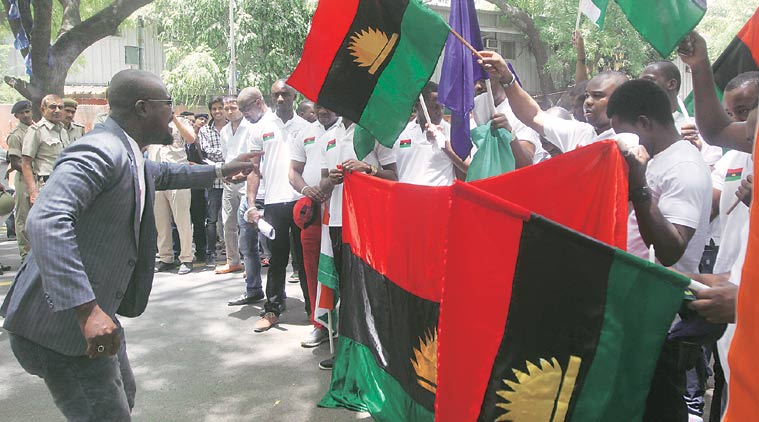A child is given an injection as part of a malaria vaccine trial at a clinic in the Kenya coastal town of Kilifi, November 23, 2010.
Credit: Reuters/Joseph Okanga/Files
By Kate Kelland
LONDON | Tue Dec 13, 2011 9:24pm IST
(Reuters) – Deaths from malaria have fallen dramatically in the past decade thanks to increased aid giving more people access to nets and medicines, but the economic slowdown could curb future progress, the World Health Organisation said on Tuesday.
In its annual global report on the mosquito-borne parasitic disease, the WHO said international funding for the fight against malaria rose to about $1.7 billion in 2010 and $2 billion in 2011, the highest annual amounts ever reached.
But this is still far short of the estimated $5 billion to $6 billion needed each year to achieve the WHO’s target – zero deaths from malaria by 2015.
“The increased funding has resulted in tremendous progress,” the United Nations health agency said.
The estimated number of deaths from malaria dropped to 655,000 in 2010, 36,000 lower than in 2009.
“The toll taken by the current economic crisis must not result in our gains being reversed, or progress slowed,” Ray Chambers, the U.N. secretary general’s special envoy for malaria, said. “Turning back now is not an option.”
While the reduction marked significant progress, the report said, death rates were still “disconcertingly high for a disease that is entirely preventable and treatable”.
“Worldwide this remains a tragedy of children; 86 percent of deaths occur in children less than five years of age,” Robert Newman, director of the WHO’s global malaria programme, told a briefing in Geneva.
Malaria is endemic in more than 100 countries worldwide but can be prevented by the use of bed nets and indoor spraying to keep the mosquitoes that carry the disease at bay.
Effective malaria drugs known as artemisinin-based combination therapies, or ACTs, can cure the infection but access to these medicines is often hampered in poor countries, where funding is limited and health services are patchy.
Total eradication of the disease, which is spread through the bites of infected mosquitoes and threatens about half the world’s population, is still a long way off. Some experts think it could take another 40 to 50 years.
The WHO’s report said a huge increase in malaria control programmes between 2008 and 2010 had meant that enough insecticide-treated mosquito nets were distributed to be able to protect more than 578 million people at risk in the worst-hit region, sub-Saharan Africa.
“We can now say that an estimated 50 percent of households in Africa own at least one insecticide-treated bed net, which is up from just 3 percent at the beginning of the decade,” Newman said. “It’s a phenomenal improvement.”
A total of 11 countries in Africa saw a more than 50 percent reduction in either confirmed malaria cases or malaria hospital admissions and deaths in the past decade. A drop of more than 50 percent in malaria cases was also found in 32 of the 56 malaria-endemic countries outside Africa during the same period.
Morocco and Turkmenistan were certified by the WHO in 2009 as having eliminated the disease.
But the report projected that, with many international donors suffering recessions or very slow economic growth, funding to fight malaria may fall in 2012 and 2013 and could drop to an annual $1.5 billion by 2015.
Even this forecast was an “optimistic scenario”, the report said, since many donors have not yet finalised what their future commitments will be.
(Additional reporting by Stephanie Nebehay in Geneva; Editing by Matthew Jones and Alessandra Rizzo)




